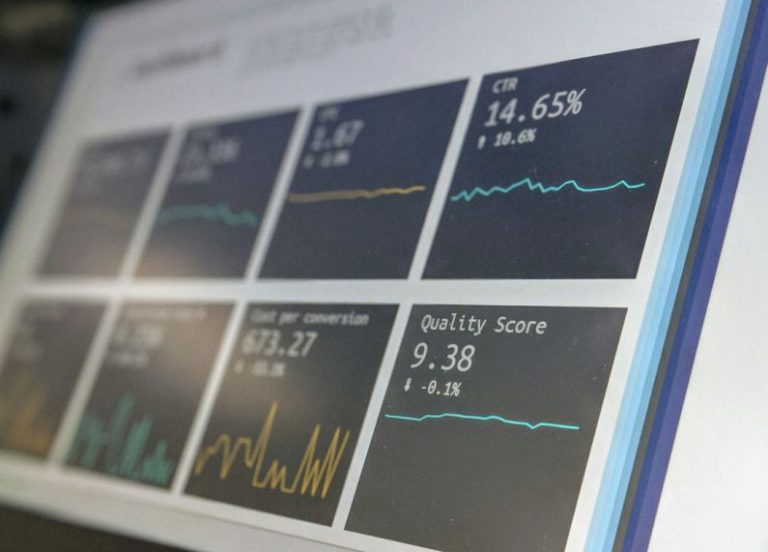Energy Saving Strategies in Modern Tire Retreading
As the automotive industry continues to prioritize sustainability and efficiency, tire retreading has emerged as a cost-effective and environmentally friendly solution for extending the life of tires. In modern tire retreading facilities, energy-saving strategies play a crucial role in enhancing productivity, reducing operating costs, and minimizing environmental impact. By implementing innovative technologies and best practices, tire retreaders can optimize their operations while achieving significant energy savings. Let’s delve into some key strategies that can help modern tire retreading facilities enhance their energy efficiency.
Efficient Equipment Utilization
Effective utilization of energy-efficient equipment is essential for optimizing energy consumption in tire retreading facilities. Investing in modern retreading machinery and equipment that are designed to minimize energy usage can lead to substantial savings in the long run. Utilizing advanced curing presses, buffing machines, and other retreading equipment with energy-saving features can significantly reduce electricity consumption without compromising on performance.
Automation and Control Systems
Implementing automation and control systems can enhance energy efficiency by streamlining operations and minimizing energy wastage. Automated processes can help regulate energy usage based on real-time production demands, ensuring that energy is only consumed when necessary. By incorporating sensors, timers, and programmable logic controllers (PLCs), tire retreaders can achieve precise control over energy-intensive processes, resulting in optimized energy utilization and cost savings.
LED Lighting
Lighting accounts for a significant portion of energy consumption in tire retreading facilities. By switching to energy-efficient LED lighting systems, retreaders can reduce electricity consumption and maintenance costs while improving visibility and safety in the workplace. LED lights consume less energy, have a longer lifespan, and emit less heat compared to traditional lighting sources, making them an ideal choice for enhancing energy efficiency in tire retreading facilities.
Waste Heat Recovery
Waste heat recovery systems can be integrated into the curing process of tire retreading to capture and utilize excess heat for other applications within the facility. By installing heat exchangers and thermal storage systems, retreaders can harness waste heat generated during the curing process and use it to preheat incoming materials or provide space heating. This innovative approach not only reduces energy consumption but also enhances overall process efficiency in tire retreading operations.
Optimized Production Scheduling
Efficient production scheduling plays a crucial role in minimizing energy consumption and maximizing productivity in tire retreading facilities. By optimizing production schedules to reduce idle times and eliminate unnecessary energy usage, retreaders can achieve higher throughput and lower energy costs. Implementing a proactive maintenance program to ensure that equipment is operating at peak efficiency can further enhance energy savings and prolong the lifespan of machinery.
Employee Training and Engagement
Employee training and engagement are key factors in promoting energy-saving practices and fostering a culture of sustainability within tire retreading facilities. By educating staff on energy conservation techniques, promoting energy awareness, and encouraging participation in energy-saving initiatives, retreaders can empower their workforce to contribute to overall energy efficiency goals. Engaged employees who are committed to reducing energy waste and optimizing processes can drive significant improvements in energy performance within the facility.
Innovative Energy Management Systems
Implementing innovative energy management systems can provide tire retreaders with real-time insights into energy consumption patterns, identify areas for improvement, and track progress towards energy efficiency goals. By leveraging data analytics, monitoring tools, and energy management software, retreaders can make informed decisions, implement targeted energy-saving measures, and continuously optimize their operations for maximum efficiency. Energy management systems enable retreaders to proactively manage energy usage, reduce costs, and enhance sustainability practices in tire retreading facilities.






